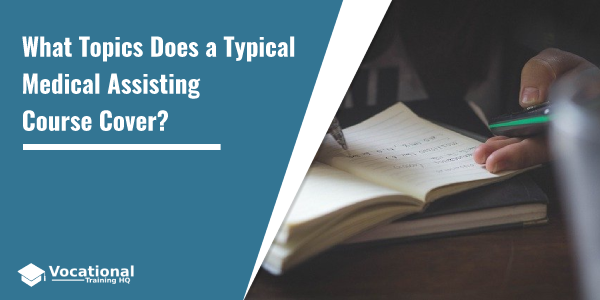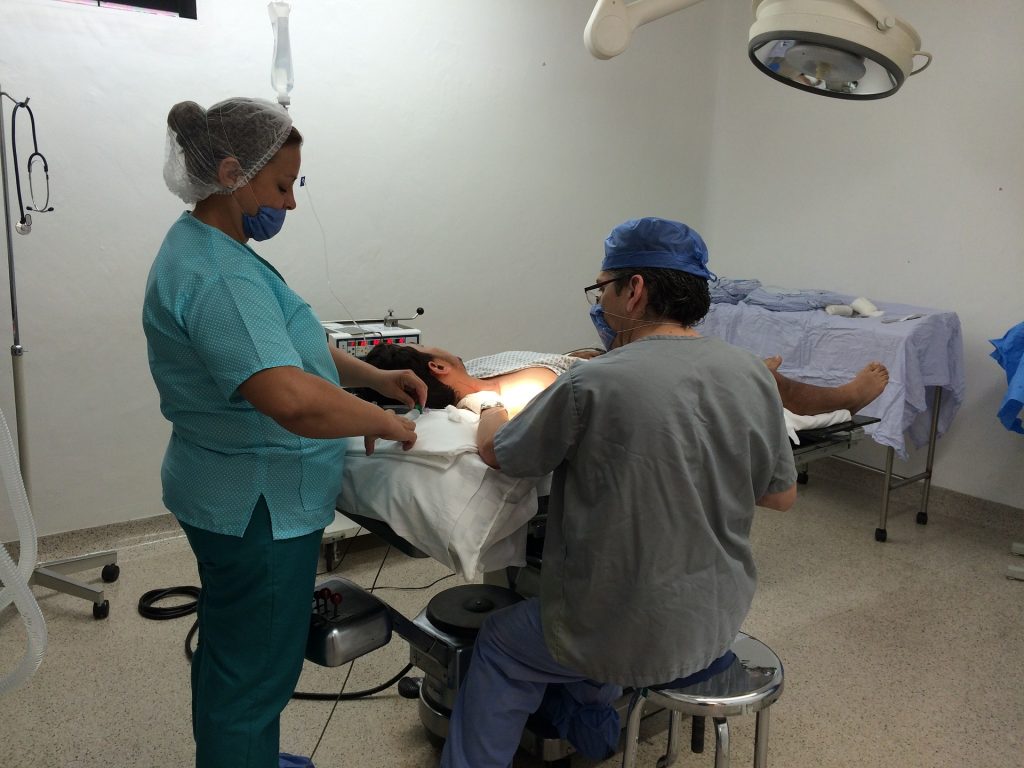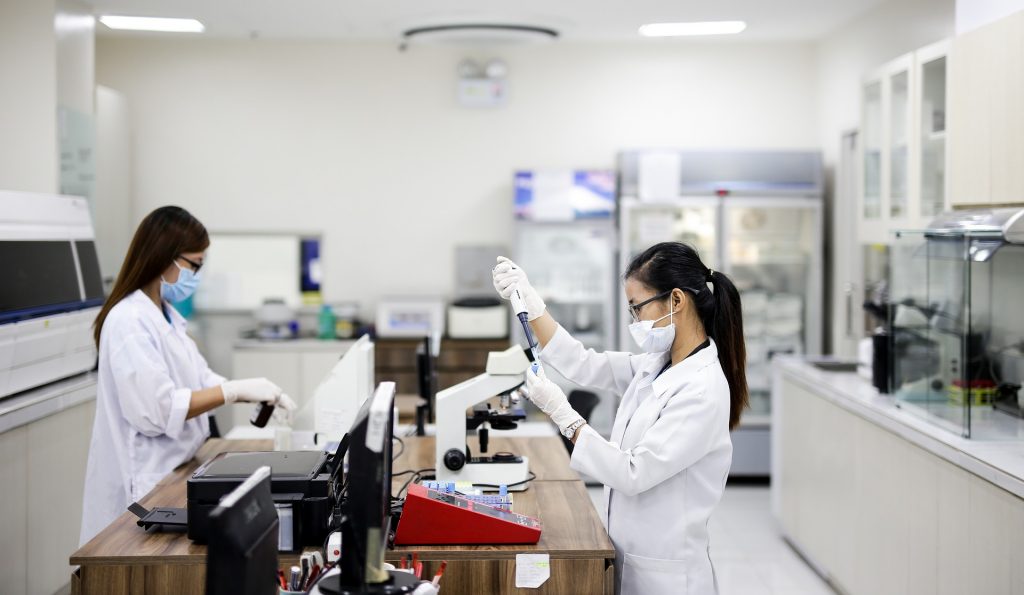
Medical assistants are trained professionals who perform treatments and assist doctors and other healthcare professionals.
Most medical assistants gain their education through a training program offered by a trade school.
There are many programs of this type across the country and usually combine classes with clinical time to provide students with the knowledge and skills needed for this profession.
Courses cover a variety of topics relevant to medical assisting: from office administration to patient care.
The curriculum can vary from one school to another but there are a few topics that are included in most accredited medical assistant training programs.
In this article, we will provide you with some useful information about these classes to help you get an idea about what to expect if you’re planning to start a career as a medical assistant.
Article Table of Contents
Anatomy and Physiology
As a medical assistant, you need to know the parts that make up the human body but also about how the body works.
Anatomy classes teach you about the structure of the human body while physiology teaches you about its function.
These classes are designed to help students understand when and why a specific treatment is needed and this information is very useful if you want to work as a medical assistant.
Medical Terminology
As a medical assistant, you will work directly with physicians, nurses, and other medical professionals and you will need to speak their language.
A medical terminology course will teach you how and when to communicate about patients, treatments, procedures, and medications.
You will also learn how to spell medical words correctly and this is very important because a misspelling can give the word a completely different meaning and increases the risk of medical error.
Medical assistants also need to know common abbreviations that are used in healthcare and what certain prefixes and suffixes mean in this context.
Pharmacology
Pharmacology classes teach students about medication and the effect it has on the human body.
Students learn about common uses for medications, drug interactions, and side effects.
Classes also teach future medical assistants how to use formulas and equations in order to calculate medication dosages.
The pharmacology class also teaches about medication administration techniques.
 Patient Care
Patient Care
Students who take patient care classes learn how to assess a patient’s condition, obtain vital signs, and gather medical history.
They also learn how to apply a bandage or splint and other medical techniques.
The classes may also provide tips on how to interact with different types of patients, especially with those who are non-compliant.
Phlebotomy
The phlebotomy class teaches students how to perform blood draws.
Students learn about:
- common blood vessels that are used when drawing blood
- how to use the equipment
- how to prevent sample contamination.
- safety techniques
Basic Surgical Assisting
Another core class that is usually included in medical assistant training programs is the basic surgical assistant class.
This class teaches students about the equipment that is used during surgery as well as proper medical terminology.
Students learn not only how to assist physicians during procedures and treatments but also how to sanitize and store equipment.
Clinical Courses
Medical assistant training programs typically include a significant amount of clinical training, a time during which students learn how to provide treatment and administer medication under the supervision of experienced medical professionals.
This can be a very valuable time for students because it lets them practice hands-on the skills they learned in class while also giving them an idea of how it is to work in a real hospital or clinic.
The clinical part of the training is also meant to help students join the workforce more confident and competent.

Office Administration
This part of the training is focused on the clerical skills necessary for this profession.
Students learn how to successfully manage the daily tasks that need to be completed in a doctor’s office.
They are shown how to manage patient appointments, how to compile charts, and manage data.
The class also teaches about patient confidentiality and how to communicate with patients, families, and medical professionals.
Read the full guide: How to Become a Medical Assistant